(VHQN) - Historically, the events between the mid-8th and mid-9th centuries, with the invasions of Java in the coastal areas of Southeast Asia, led to the decline of a Champa dynasty that had existed for many centuries before (in the later Quang Nam region).
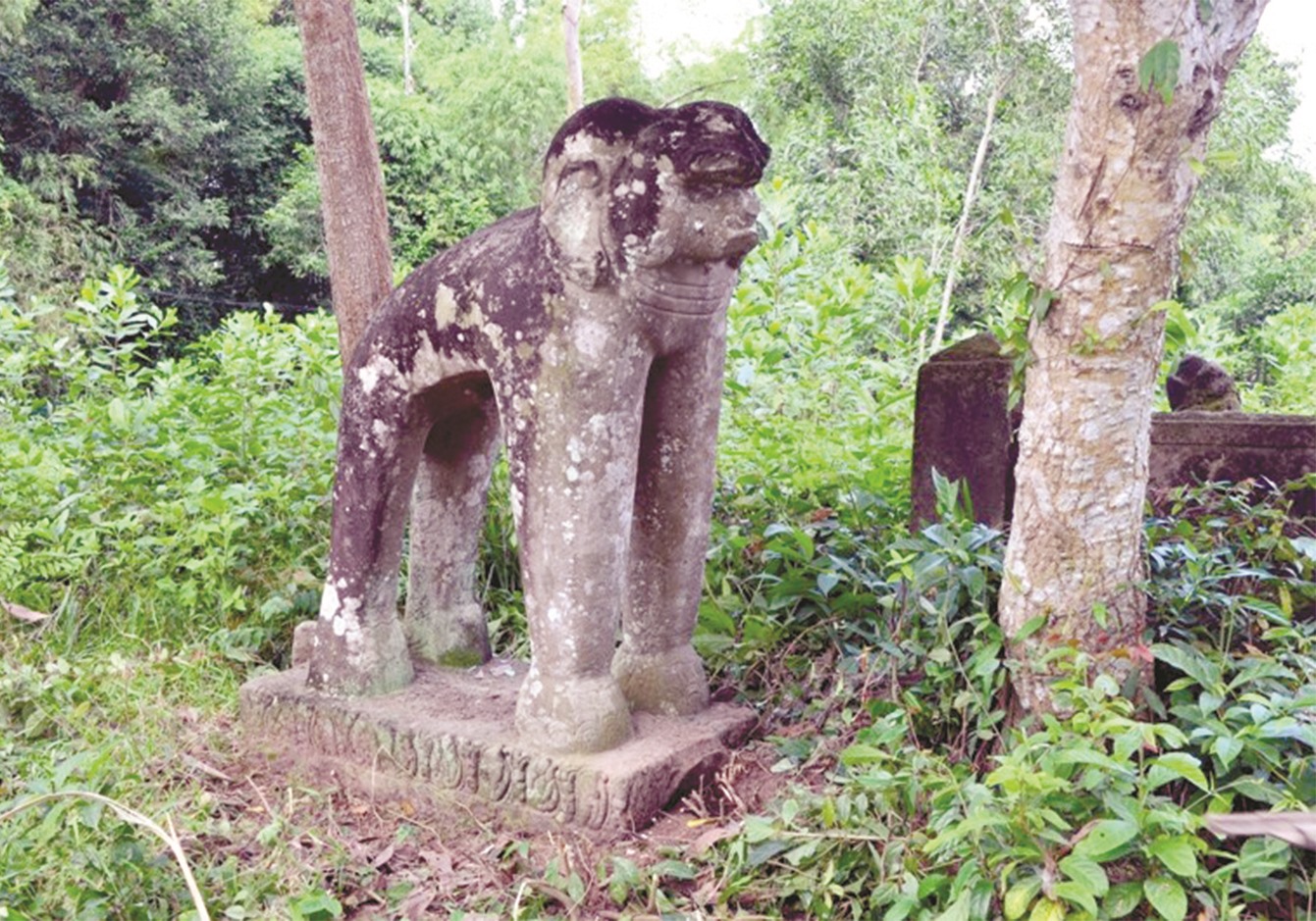
But it was also the influence of Java, especially the introduction of the Tantric Buddhist school, that created a new vitality in the old capital of Champa; the clergy and followers of the combined faith of Sivaism and Buddhism became the foundation for the birth of a dynasty in the Quang Nam region at the end of the 9th century, establishing a capital called Indrapura (Indra city, Ly Ly river basin, Quang Nam) and then widely influencing neighboring regions, bringing the Champa kingdom to a relatively unified stage of development with distinctive language and art bearing strong indigenous imprints.
Carved through inscriptions
The Indrapura dynasty began with a king named Jaya Indravarman, who made an inscription on May 13, 875 (symbol C 66), worshiping Lakṣmīndra Lokeśvara and Bhadreśvara at the temple tower whose remains are still in Dong Duong (Thang Binh district, Quang Nam).
The inscription states that the dynasty was founded by the efforts of King Jaya Indravarman, not by succession from a previous king. However, the inscription also honors his father Bhadravarman and grandfather Rudravarman with the title of “king” (rājā, nṛpo).
An inscription in An Thai village (C 138, Thang Binh), dated June 7, 902, states that there was a monastery founded by Bhadravarman and inherited by King Indravarman.
The inscription content refers to concepts in the Tantric Buddhist scriptures such as Vaijadhātu (Diamond Realm), Padmadhātu (Lotus Realm) and the titles Vairocana (Vairocana/Great Sun Tathagata), Vajrapāṇi (Diamond Hand).
Another inscription at Hoa Que, Da Nang (C 142), established in 909, recorded the construction of many temples and pagodas to worship Siva and a Buddhist monastery here by high-ranking officials of King Indravarman; it mentioned the nephew of King Rudravarman and a citadel named Rudrapura.
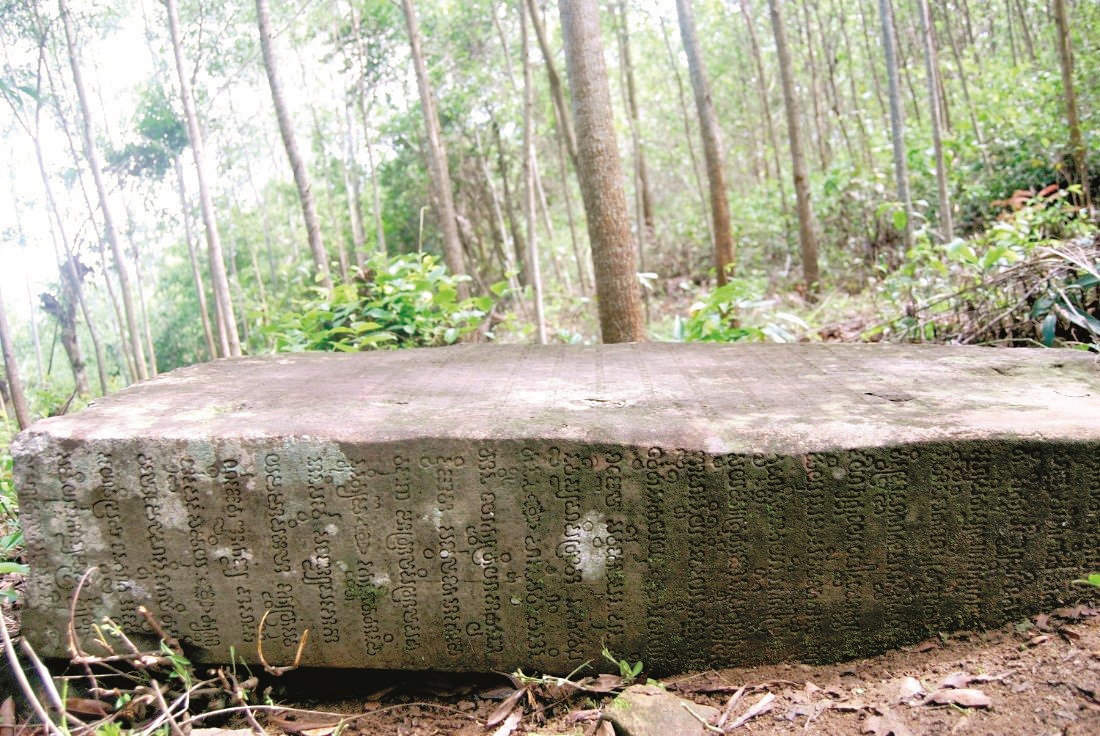
It is very likely that the Han River area was once the domain of Rudravarman, who is recorded in inscription C 66 as the grandfather of King Indravarman. The generation of King Jaya Indravarman's grandfather and father may have been the leaders in the estuary and coastal areas, with settlements in the Hoa Que area (Han River) and the An Thai area (along the Truong Giang River). There were merchant and handicraft communities with the resources to contribute to the construction of Siva temples as well as Buddhist monasteries that still have traces of artifacts and inscriptions today.
Many cultural imprints
King Indravarman and his successors built a multi-faceted Champa kingdom. In terms of diplomacy , this dynasty had relations with many countries in the region.
The inscription at Bang An relic (C 141, Dien Ban, Quang Nam, established on September 14, 906) recorded the presence of “many royal envoys from different countries… the prestige of the kings (Champa) spread widely...”.
The Hua Que inscription, dated 909, praises a great minister “who was able to understand all the messages sent by the kings of various countries after just a quick glance.”
Regarding language, during this period, many inscriptions appeared using Sanskrit to record the native language (ancient Cham language) instead of just recording Sanskrit like the inscriptions of the previous period; this was an important step in the formation of Cham writing on the basis of the Sanskrit character system.
In terms of art, the sculptures on the altars reflect the anthropological characteristics of the indigenous people, which are different from the general features of the Indian model; at the same time, a stylized decorative pattern of flames and twisted flowers and leaves appears, creating a unique artistic style, often called the "Dong Duong style", which is clearly different from the decorative styles with the same theme in the countries in the region.
The Indravarman dynasty left many marks not only in the Quang Nam region but also in neighboring localities. In the north of Hai Van Pass, many inscriptions of high-ranking officials and relatives of the kings in Indrapura were found. Inscription C 149 (Nhan Bieu, Quang Tri) recorded the event of a nobleman, named Pō Kluñ Piliḥ Rājadvāra, building a temple to the god Siva in 908 and a Buddhist monastery to worship Avalokiteśvara in 911.
Rājadvāra belonged to a family related by marriage to the second king of the Indrapura dynasty; was sent to Java on a royal mission of Champa and was highly regarded under two successive kings.
To the south, an inscription found in Chau Sa (C 61, Quang Ngai, established in 903) shows that the Indrapura dynasty had entered into a marriage relationship with a chieftain in this region.
The inscription mentions a brother-in-law of King Jaya Simhavarman donating land for a local temple. Further south of the Ca Pass, inscriptions dating from 918 by King Indravarman were also found on a pillar of a tower in the Po Nagar relic site.
The development of Champa during the Indrapura dynasty period led Chinese historians to a more accurate perception of a unified and independent kingdom in the south of Giao Chau; calling this kingdom Chiem Thanh, the correct transcription of the self-name Champāpura, instead of the title Hoan Vuong used in the previous century.
Source



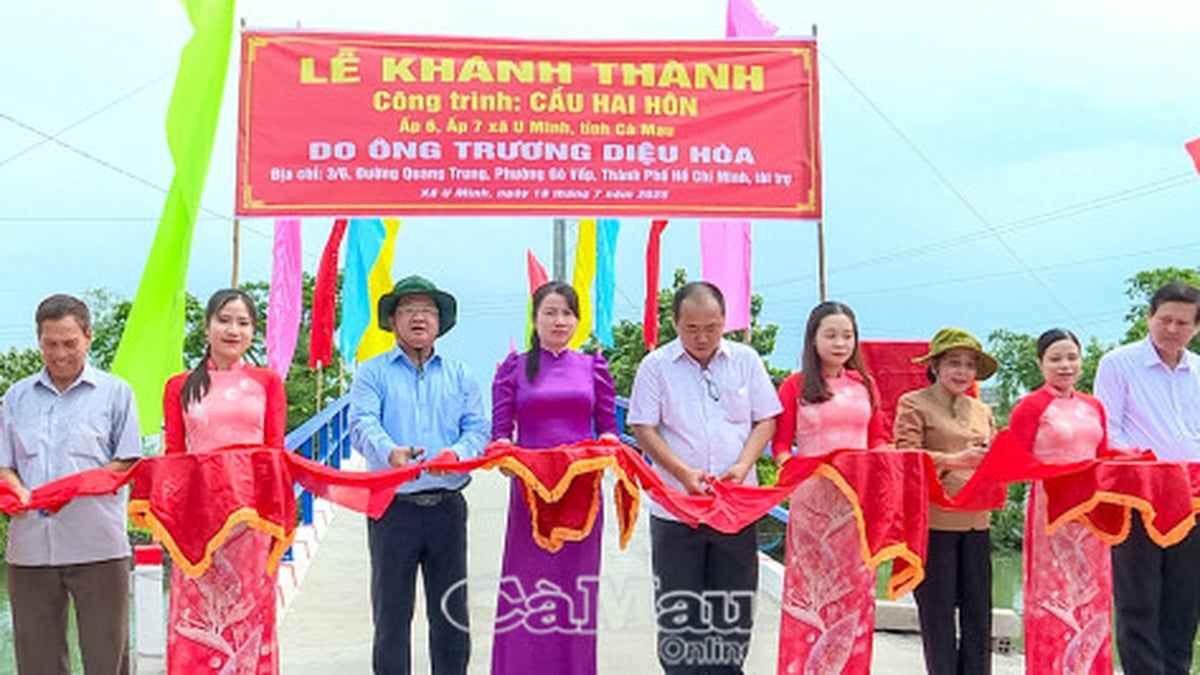
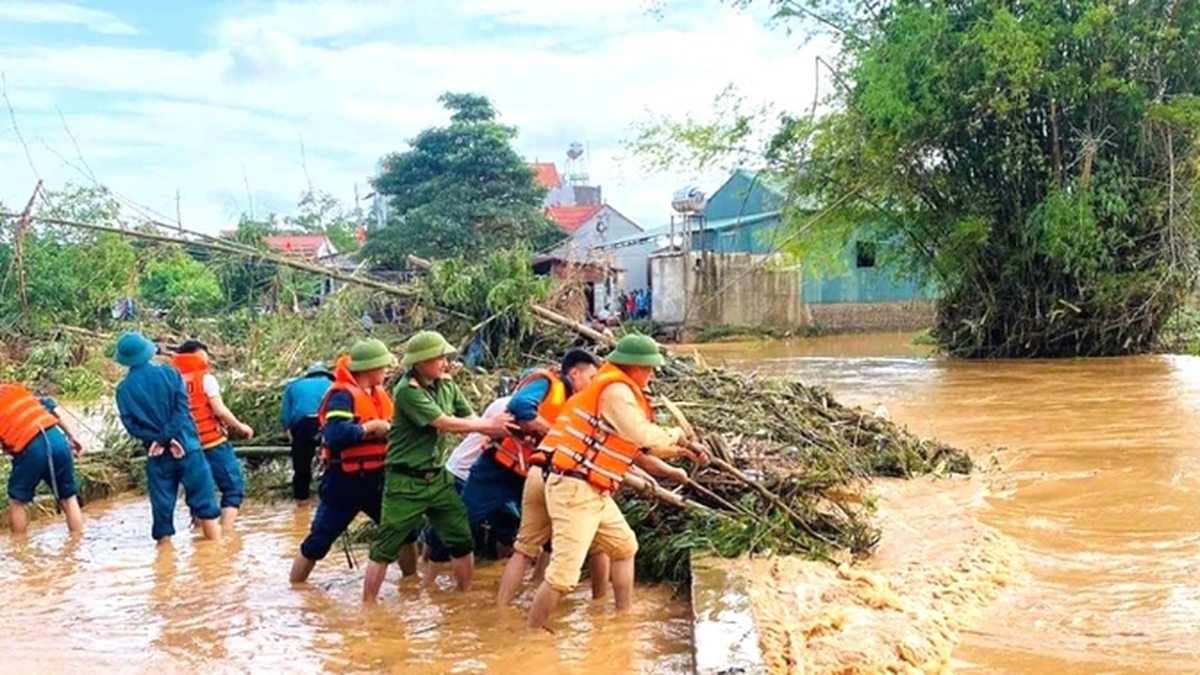
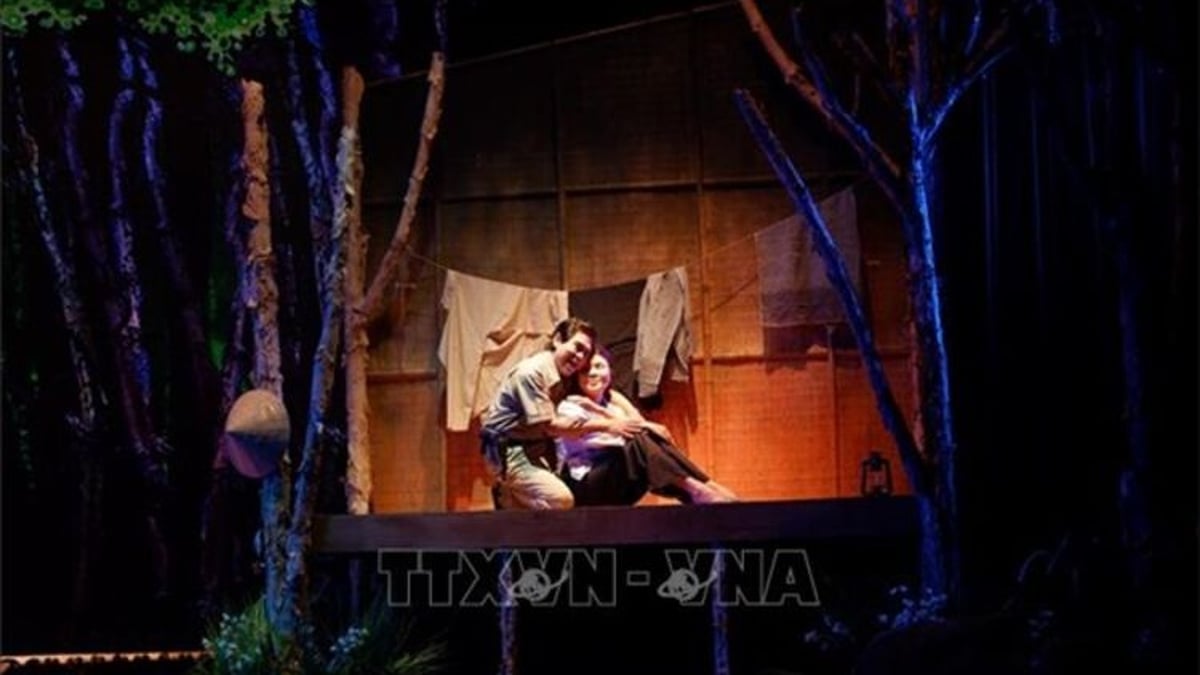
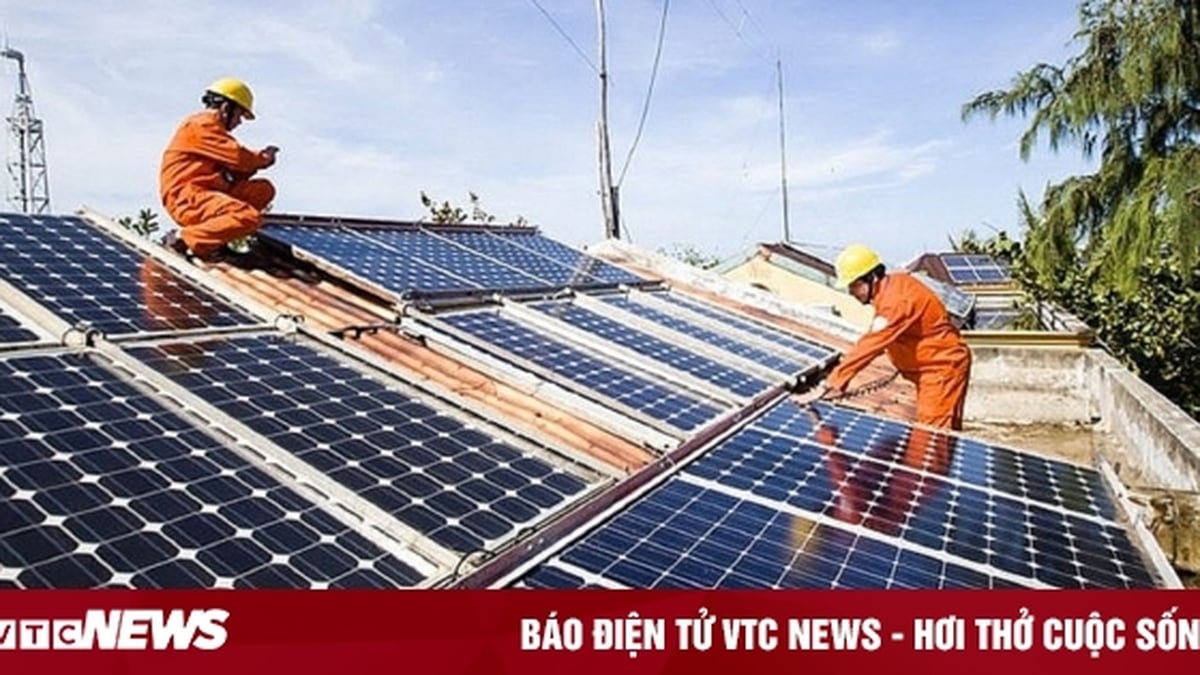
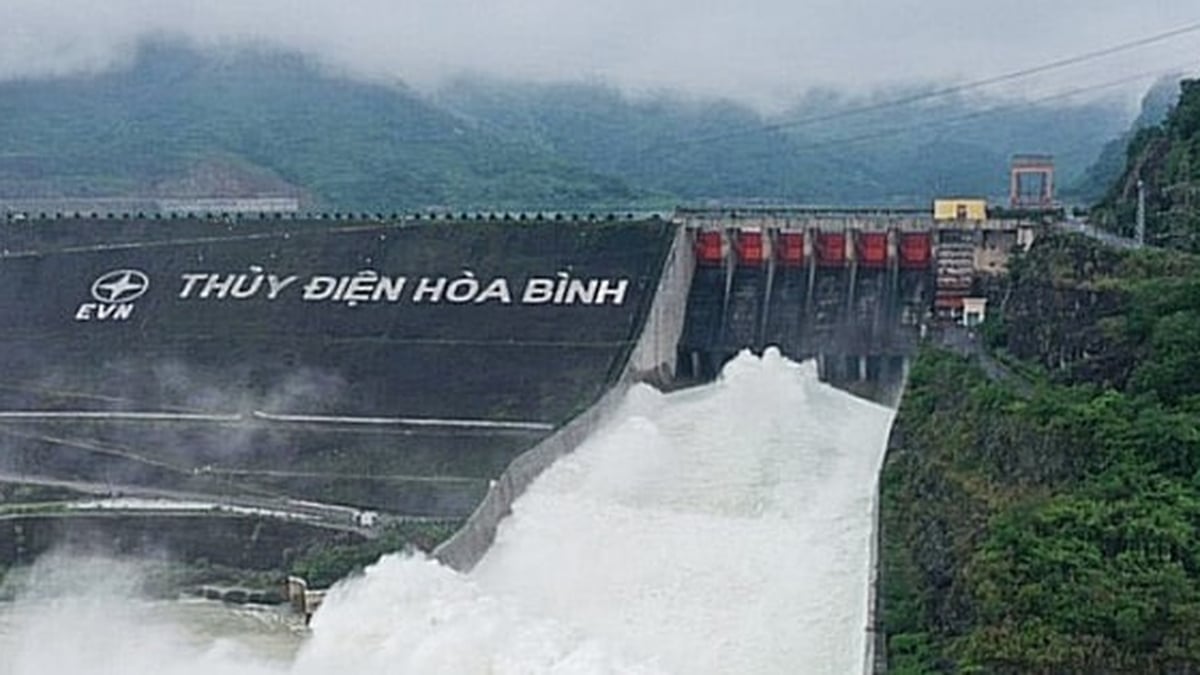
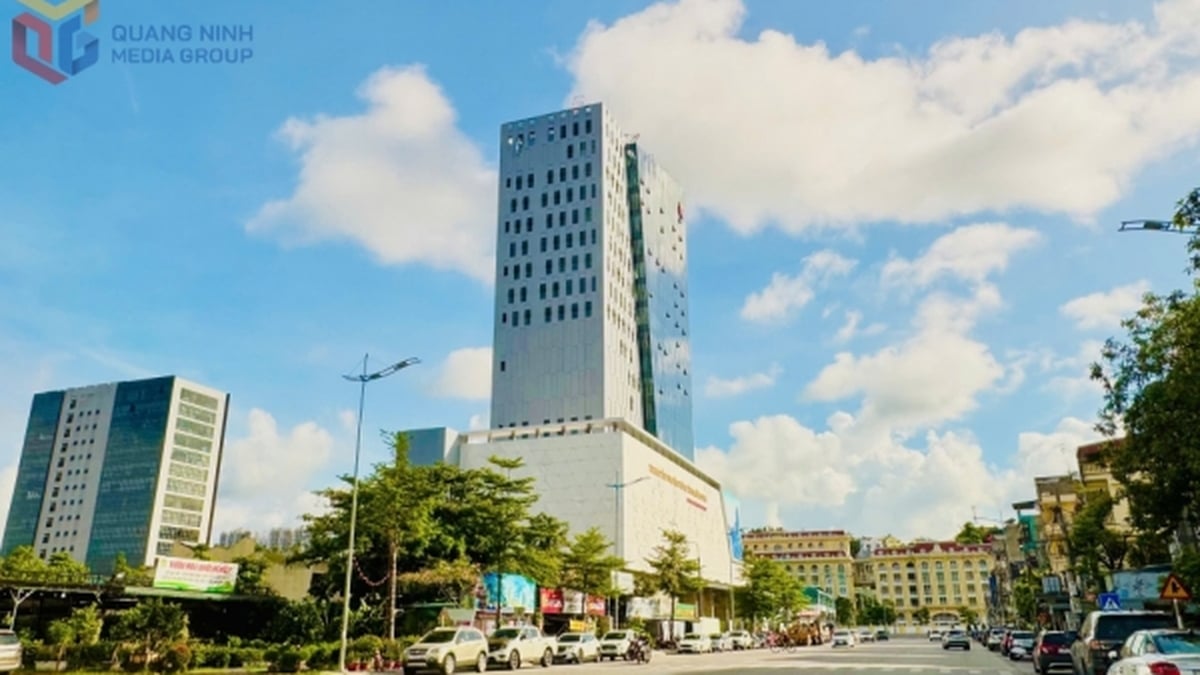
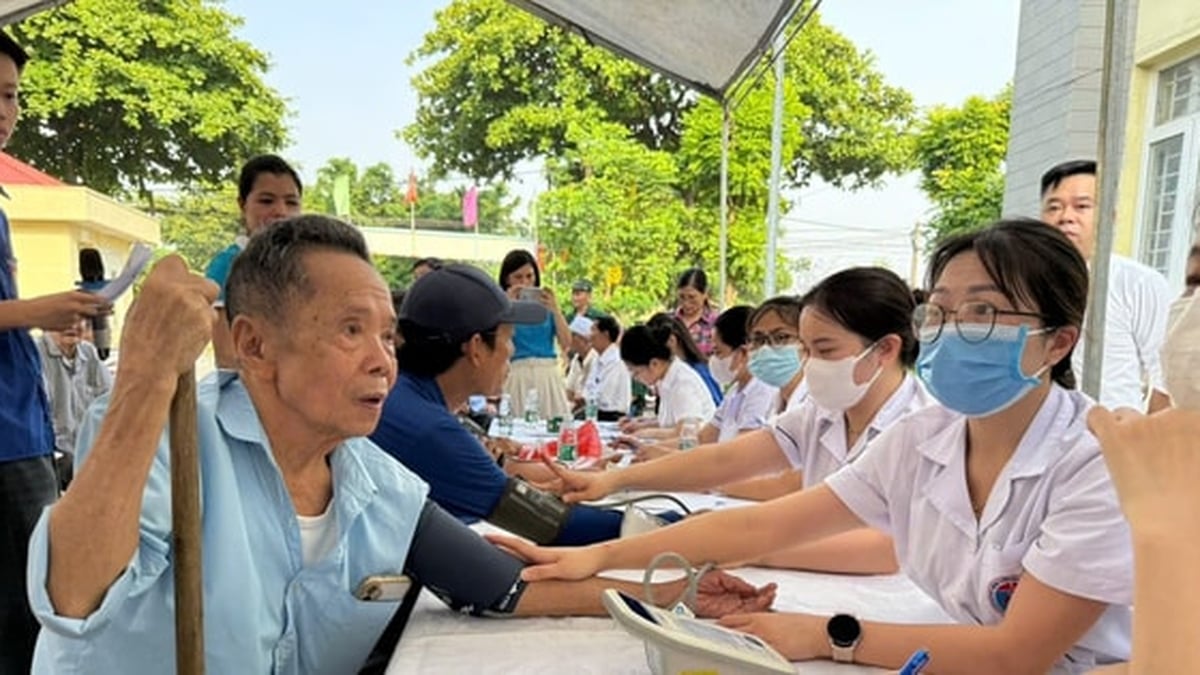
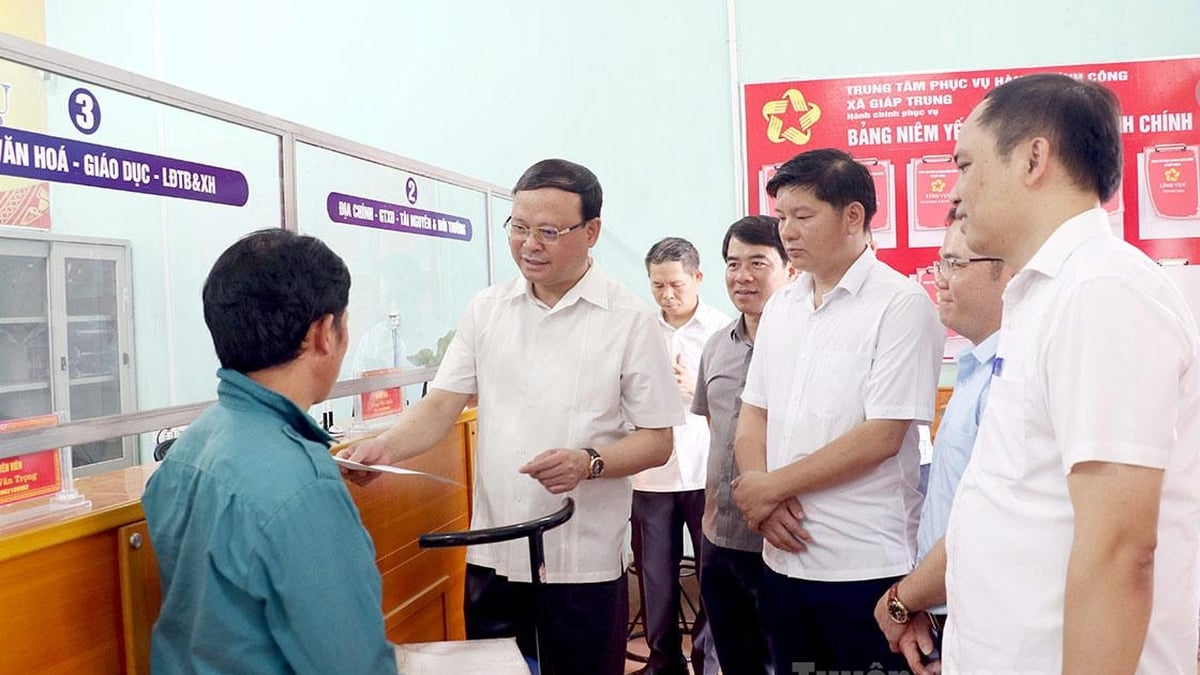
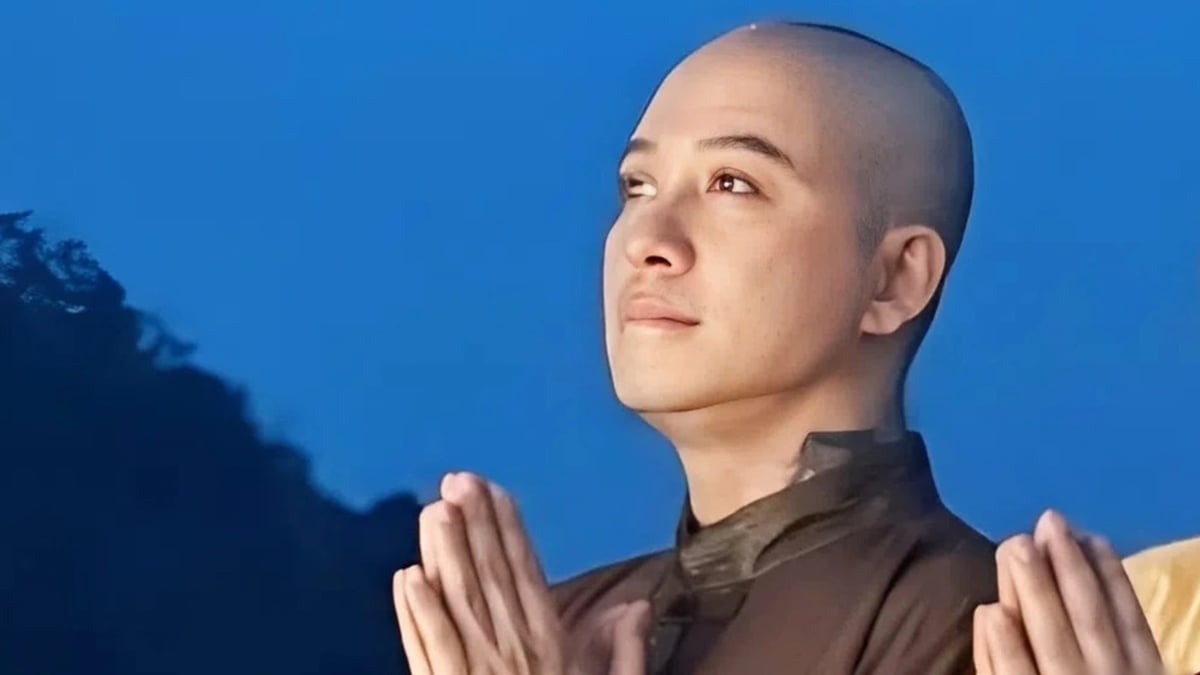























































































Comment (0)